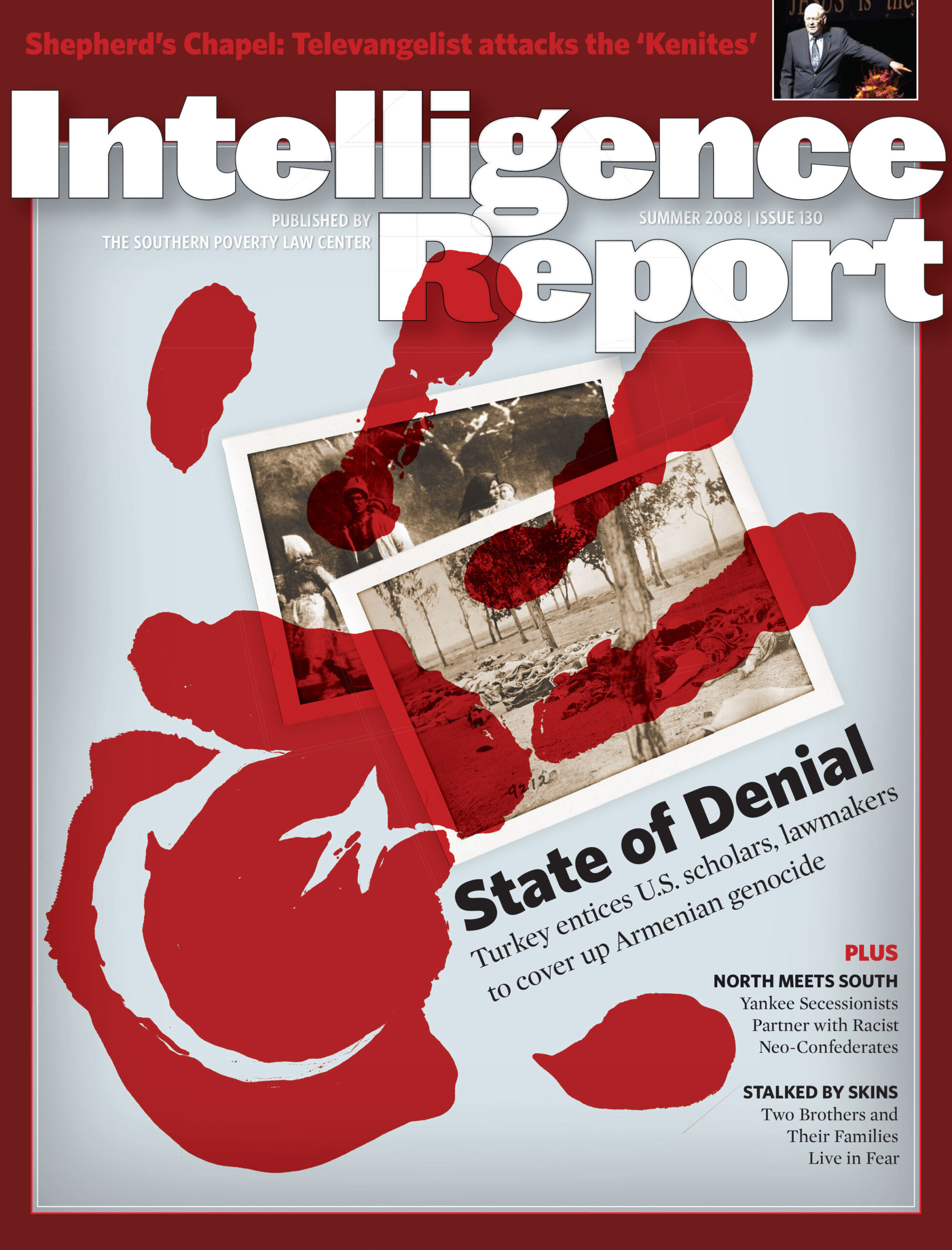A major biography of George Wallace reveals how racist radicals were utilized by the segregationist Alabama governor
The Politics of Rage: George Wallace, the Origins of the New Conservatism, and the Transformation of American Politics
By Dan T. Carter
Baton Rouge: Louisiana State University Press, 1996
$23.95 (paperback)
Many people who know the general outlines of the story of George Wallace are aware that the Alabama governor’s 1963 inaugural speech — culminating in the infamous battle cry, “Segregation now, segregation tomorrow, segregation forever!” — was written by Asa Carter, a violently racist Ku Klux Klan organizer.
They may even know that Carter — whose followers stoned the first black student at the University of Alabama at Tuscaloosa, assaulted singer Nat King Cole on a stage in Birmingham, and castrated a retarded handyman as a warning to black “troublemakers” — later took on a new life as one Forrest Carter. After leaving the state, partially in disgust at the “moderate” tone Wallace took in later years, Carter used his alias to write books, including the prize-winning novel The Education of Little Tree, that bizarrely celebrated the culture of early American Indians.
But few know of Wallace’s many other links to racial extremists.
The biography written by Dan T. Carter (no relation to Asa) more than a decade ago is well known as the classic portrait of Wallace and his central role in the “Southernization of American politics.” The book describes Wallace as more of an opportunist than a racist ideologue, a man whose ambition drove him to do almost anything he thought would boost his power. And it argues powerfully that Wallace “anticipated the groundswell that transformed American politics in the 1980s.”
But many readers of this magazine may be especially interested in the links between Wallace’s political machine and racist, often criminal, radicals. In the fall of 1963, shortly before schools opened, Wallace, acting through his arch-racist state trooper leader Al Lingo, approached Ed Fields, the “national information director” of the neofascist National States Rights Party. Fields, publisher of the neo-Nazi Thunderbolt magazine and a man whose personal hero was Julius Streicher, the pornographic Nazi ideologue, later explained how Lingo told him that Wallace wanted Fields to wage a “boisterous campaign” against integrating the schools. He did so, leading a caravan of almost 100 NSRP vehicles to the Capitol to present a petition and afterward meeting secretly inside the state house with Lingo and the governor’s executive secretary. Wallace sent along his greetings.
As the opening of integrated schools that fall drew even nearer, Wallace’s close ally, recently ousted Birmingham Police Commissioner Bull Connor, joined the governor before a crowd of some 10,000 angry whites, many of them Klansmen. Wallace shocked many Birmingham police officers, who even then had come to see the NSRP as a terrorist group, by inviting Fields to join them on the dais.
(For his part, Robert “Dynamite Bob” Chambliss, who eventually would be convicted in a Birmingham church bombing that left four young black girls dead, was an acolyte of Connor’s. Years later, Carter reports in his book, Chambliss told the FBI he had “only been doing what he was told to do by Bull Connor.”)
The same 1966 day that Wallace’s wife Lurleen was sworn in as Alabama governor (she ran at her husband’s insistence because he could not run again), Asa Carter and another Wallace ally convened a strategy session in a Montgomery, Ala., country club to prepare for an expected Wallace presidential bid. The strategy session was attended by William Simmons of the white supremacist White Citizens Councils and representatives of an array of other radical-right organizations — the John Birch Society, the Christian Anti-Communist Crusade, Billy James Hargis’ Christian Crusade, and many others. Most notable of all was an emissary of Willis Carto, a long-time anti-Semitic leader and racist who is still active today.
The Carto connection was not ephemeral. Even before the gathering, Carto and Asa Carter had co-authored a pamphlet headlined “Stand Up For America: The Story of George C. Wallace,” lauding the candidate as the only one capable of beating back “Blacky” and the Communist-dominated federal government. Carto’s Liberty Lobby mailed 175,000 copies to its subscribers and printed an additional 150,000 copies that were provided to the Wallace campaign for distribution.
Snippets like these abound in Dan Carter’s sweeping and penetrating book, the definitive account of both Wallace and the early stages of America’s turn to the right. The book also recounts Wallace’s many racist speeches — some of which are far more virulent than those most people know — and his infamous vow, made after losing a campaign to a race-baiting opponent, to “never be out-n—–ed again.”
Whether or not Wallace’s late-life repudiation of racism was sincere, Carter makes one thing plain: By cynically playing to the worst racist instincts of the crowd, and by his willingness to enlist the most violent of radicals, George Wallace probably did this country more damage than almost any other recent figure.



